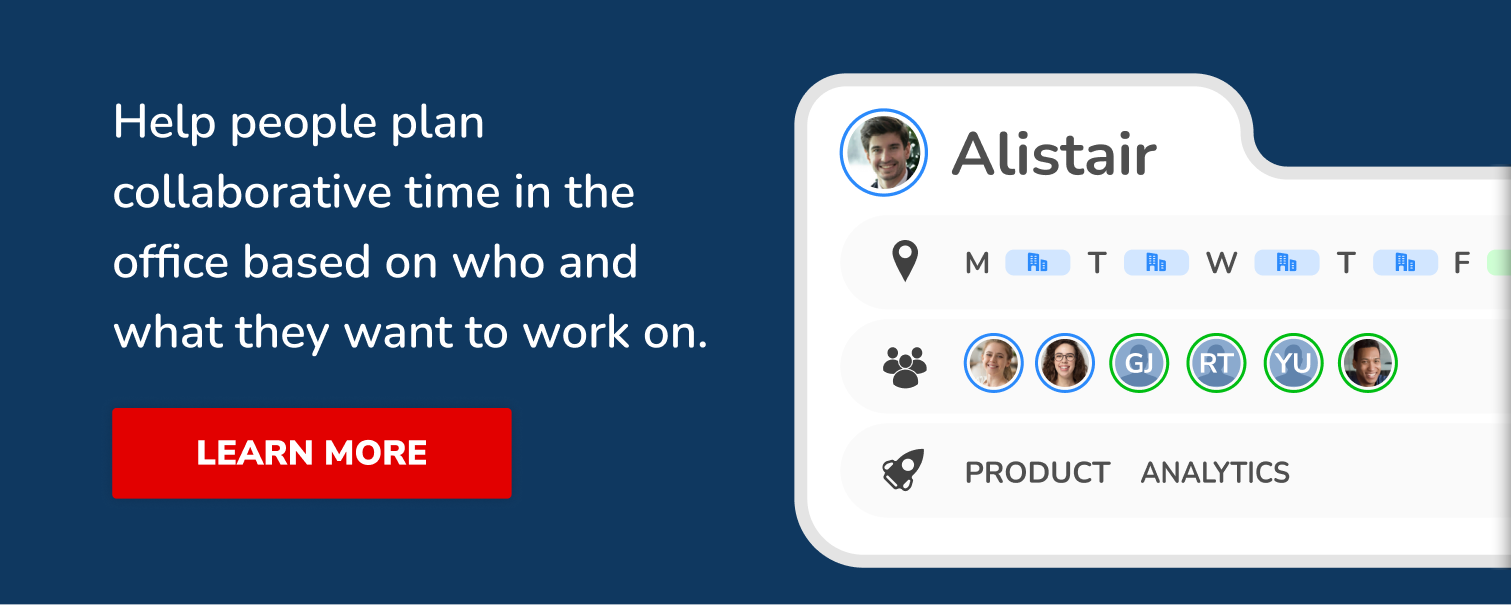Unless you’ve been living under a rock the past few years, chances are you’ve heard terms like remote work or hybrid work being thrown about.
But, if you’re new to office work, either as an employee or a leader who is now looking to build a team of employees, then you might not be familiar with what these terms actually mean.
They often get used interchangeably but there is actually a distinction between hybrid and remote work. This post is going to explain that difference while also expanding on them and going over other related terms to give you a comprehensive understanding of the new workforce.
What Is The Difference Between Remote And Hybrid Work
Putting it simply, remote work is where employees work in locations away from the office while hybrid work means splitting time between the office and working remotely, with some employees working in an office and others working from home.
Remote work applies to only one style of working, hybrid work allows for a lot more flexibility in an organisation.
In remote work models, people tend to work from home, although some individuals like to mix it up and work from cafes or co-working spaces as well. Hybrid work models mix the benefits of working from home with the perks of a centralised office, bringing people together for meetings and collaboration.
The hybrid work model can also be referred to as hybrid-remote work or part-remote. To learn more about hybrid work in detail, we’ve written this comprehensive guide on what is hybrid work, and how leaders are implementing it in their organisations.
As you can see, the distinction between hybrid work vs remote work is clear cut, but there are then further sub-styles of work models to consider such as a fully virtual team or a blended team.

Hybrid Work Vs Remote Work

Deciding which model is best will depend on your organisation’s current and future needs. If you’re a leader who likes to work remotely then chances are you will also prefer a fully remote organisation.
Virtual, or all-remote, is when people only work from home, another term for remote working basically. However, an all-remote team will not have any centralised office, they rely on technology to work together, communicating via video calls and messaging services.
The primary benefit of a virtual team is the ability to utilise a workforce from all around the world. Many agencies take advantage of this model because it allows them to employ workers from different countries with lower costs of living, so they can pay them a smaller salary.
Another benefit of remote working is the cost saved by not having an office space. Organisations might also appreciate the lack of commute, fewer distractions while working and then ultimately, absolute freedom to choose where you work.
Some individuals love the flexibility to work abroad for extended periods of time, and this can be a real perk for younger people in particular looking for roles that allow them to travel.
However, if your employees are all currently working in the office full-time and you’re thinking about making a change, then a hybrid model is more likely to suit your organisation.
Hybrid work is often seen as the future in the world of work because it combines the flexibility of remote work with the social aspects of an office. The last few years of navigating the pandemic taught us that although organisations can function perfectly well following a remote model, there are undeniable benefits of hybrid work that can’t be ignored.
Is One Better Than The Other
No two businesses are ever going to be the same and with that in mind, there’s not going to be a one-size-fits-all work model.
Whether or not the hybrid work model is right for your company will depend on various points like work culture, values and the overarching mission of the company.
A good starting point for figuring out whether a hybrid work model could be adopted is to conduct market research. This can be done within the workforce to find out what your employees’ wants and needs are.
From there, you can then decide on a hybrid work model that suits your employees. It doesn’t have to be an all-or-nothing approach either.
What It’s Like Working for a Hybrid Company?
Employees working in a hybrid company tend to find that become more engaged at work and experience a better work-life balance which leads to greater job satisfaction.
The beauty of hybrid work is that it can be personalised to suit individuals as well as organisations. There are many hybrid companies that offer different options to employees so that everyone can find a work schedule to suit them.
LinkedIn, in 2021 announced that the company was changing to a hybrid model but with a fully remote option, letting employees choose what worked for them. This is sometimes referred to as a hybrid-remote model.

What To Consider
It might not always be feasible to shift to a hybrid model straight away, and many well-known organisations are still tweaking their hybrid work policies as they learn what works for their company.
There are specific areas to consider when planning to make the transition such as:
Meetings - How will these look in a hybrid workplace? Will employees be required to attend? Will there be an option to attend virtually?
Days In The Office - Will there be set days in the office? How will you design the hybrid work schedule?
Office Design - A hybrid workplace has different requirements than a traditional office and as such, the office space will need to be redesigned.
Socialising - Work culture is an important success factor for organisations, and hybrid companies need to work harder at ensuring relationships are fostered and bonds are built.
Final Words
Whatever style of work your company chooses to adopt, how you decide to introduce the model is entirely up to you. However, there are always general guidelines that can be helpful when shifting to a new style of work. Here are some hybrid workplace best practices to consider if you want to get the most out of hybrid work.
About Author
Graham Joyce is co-founder of DuoMe, a flexible working advocate and a frequent panellist/commentator on the issues of flexibility or hybrid working.







